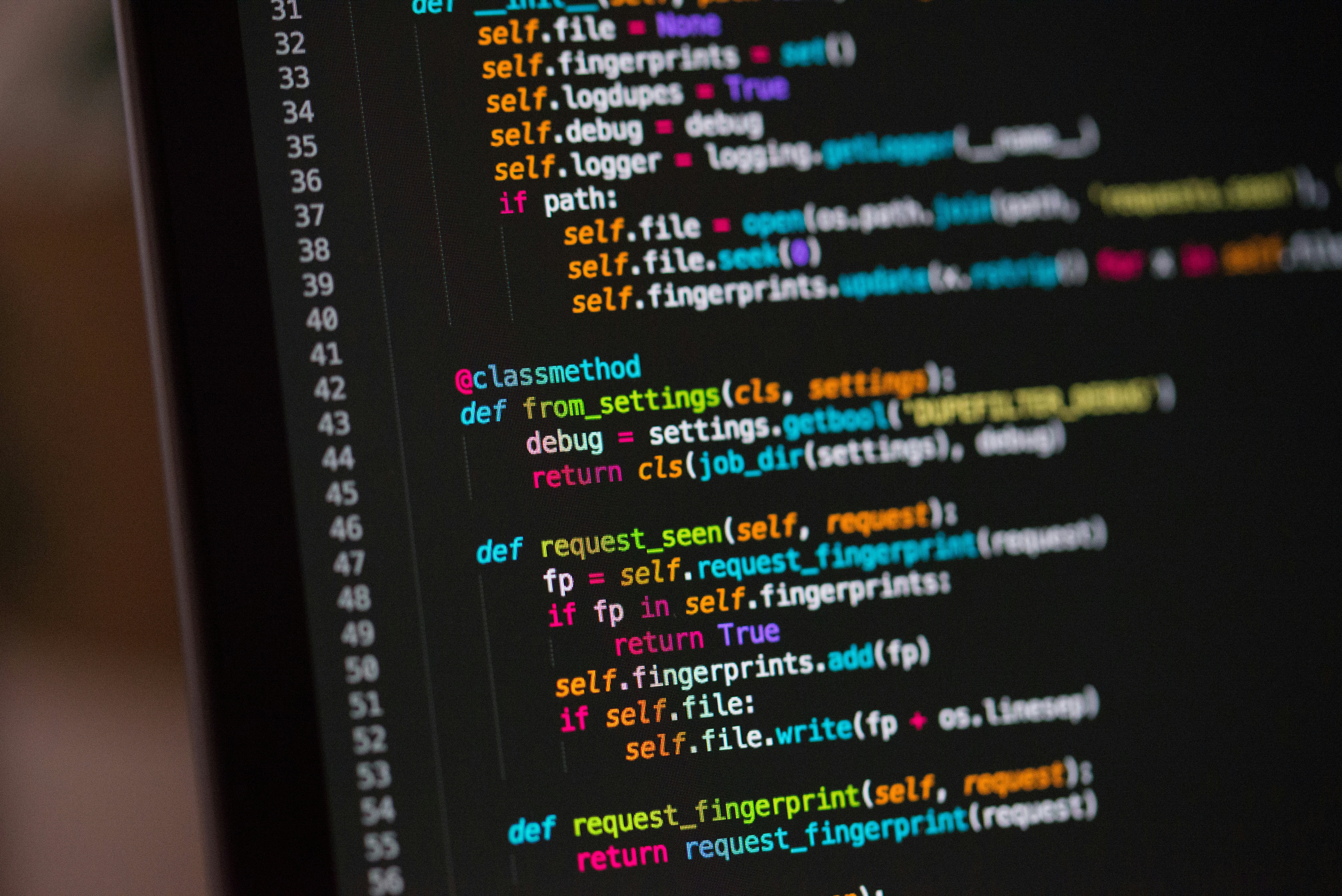Parkinson’s law is one of those things that you have been applying over and over again in your life without knowing that it had a fancy name.
Before I go into its nitty gritty, I like to start with some real-life examples.
So, story time: a few years ago I was studying at Uni and it was that dreadful moment when students have to do their dissertation. It is everything but unexpected, in fact it is one of those things that you know is approaching and you tend to prepare or think about it well in advance, even before it is formally communicated that you need to start preparing one. At first the deadline seems to be so far away and you think that it is more than enough to complete it, even though you are aware that there is a lot of work to be done.
Weeks and months, precisely six months, went by and I have gradually got to a fairly satisfying point with it after what I thought it was a lot of work and effort been put into it.
Ten days prior to the submission deadline, my laptop decided to instantly die and that event announced the beginning of a period that could probably justify my receding hairline and my myopia. Long story short: I had no back-up of my work (smart as*); I had to send the laptop off to repair that would have taken up to one month to get it back; asked for an extension of the deadline but the mitigating circumstances form to do that did not have the relevant box to tick saying “due to my dumbas* skills of ruining six months worth of work” – the other available options were “illness”, or “death of a close relative”, both unjustifiable and unethical in my case; I did not want to accept a lower mark for a late submission.
After a quick realization that I had just put myself in a ridiculous situation, I needed to think of a plan straightaway! A late submission was not an option and I was actually wasting more time complaining and self-pitying than taking actions. So I went to the University library and started writing my dissertation again on the public computer. You can only imagine what an emotional trauma it was when opening Microsoft Word and start typing on a blank page is. The first thing I did though is to go on Apple.com and purchased a MacBook Pro with all the best parameters that I could select as well as buying a 1T external memory. That was expensive!! But it also gave me the possibility to work from home. At that point I only had one week to finish my dissertation. I set all the non-important stuff apart and concentrated all my energies in it.
Well, spoiler alert: I just made it in time. And I was very surprised to find out that it received a top mark with a great feedback.
This left me with a double feeling: a boost of self-esteem and being proud of myself for being so productive and disciplined to complete this task in time, and the realization that I had wrongly spent the time I allocated to complete that task with less relevant and time-consuming activities.
This is an extreme example, but I can talk about hundreds of other instances where setting up a deadline for a task led to its completion within that time. And I am sure you can think about some examples too.
Well, this is Parkinson’s law, which states that
A given task will swell to fill the time allocated to it.
It simply means that if you give yourself a month to complete a two hour task, then (psychologically speaking) the task will increase in complexity and become more daunting so as to fill that month. It may not even fill the extra time with more work, but just stress and tension about having to get it done. By assigning the right amount of time to a task, we gain back more time and the task will reduce in complexity to its natural state.
So, for example, if you decide that you have to moan the loan (usually a one-hour job) within the next 3 days, chances are that you will spend the first two days procrastinating, leaving the task on the last available day, or even on the last available hour.
Likewise, if you give yourself one week to write a blog post with the publishing day being on Monday, chances are that you haven’t done anything the whole week, it is Sunday night and you are sat on the sofa writing it – just like me now.
Parkinson’s law helps you manage your time more efficiently in order to be more productive and it will work if there is a perceived importance assigned to that task.
When reading “Mastery” by Robert Greene, I came across an interesting concept when he said :
Edison deliberately talked to the press about an idea before it was ready. This would create some publicity and excitement in the public. If he dropped the ball or let too much time pass, his reputation would suffer. So his mind would spark into high gear and make it happen.
Parkinson’s law might be seen as procrastination, and you might think “Can’t be bothered with this task now, Parkinson’s Law will save my as* as always.” Instead, it has to be seen as a powerful time-management tool to be totally focused in what you do.
So, here are my top 7 tips to implement Parkinson’s Law at your advantage effectively:
- Always assign a deadline
Having a list of things to tick off on your list is good, but if you want to take your productivity habit to the next level, start to assign a deadline to each task. Also, sort them by their importance, with the most important ones being on top of the list and the least important being placed at the bottom.
- Challenge your time limits
If you know that with no distractions you can clean your house in three hours, try to narrow this deadline down to two hours or less. Try to train your brain to function within clear and set deadline. If you assign a three hours space to clean your house your brain will automatically spread the tasks evenly to fill these three hours, like wise when you shrink it down to two hours the brain will apply the same mechanism.
- Be realistic
By now you might think that Parkinson’s Law is pure magic, and that you can be more productive than you have every been my completing 100 tasks a day assigning 5 minutes to each of them.
The truth is that you still have to be realistic when assigning a task. You can’t build a skyscraper in one day, nor cooking Lasagna in 5 minutes. The more you consciously apply Parkinson’s Law, the more you become aware of the realistic time that certain tasks will take, and this will help you to budget your time more efficiently and realistically in the future.
- Make it measurable
How do you know when something is done and can be ticked off your list? Well, it is difficult to tell if the task is too vague. For example, if there is a huge difference between “work on web development” and “work on the responsiveness of the website”. The former one is too vague and it is difficult to tell when I would be done with it; the latter instead, allows me to tick the task off once I know that I have made the website responsive and it also helps me to assign a more realistic time frame to it.
- What’s next?
Don’t fall into this trap. Once you reach the last task on your list, always set a task to do next.
Even though you have set your last task to take ten minutes, it is very likely that one hour goes by and you still haven’t finished the last task. This is because your brain starts to think that there is nothing else coming next, and that the last task, as simple as it can be, it has no time limit.
- Break down big tasks.
If you are at Uni and you are assigned a coursework to be delivered in three months, try to break down this big task in multiple little tasks and assign a deadline to each of them.
So, instead of having “Finish your coursework” on your list with the deadline being in three months, try to write down:
“Research Topic and write down resources – Deadline 3 days”
“Write Introduction Draft- Deadline: 1 Week”
“Write Main Body Draft – Deadline – 3 weeks”
And you can even break it down even further, so for example “write 300 words of the body – Deadline: 30 minutes”.
This will make sure you will be always on it, working with manageable bite sizes mini tasks.
- Short time is not equal to less quality.
Sometimes we wrongly think that the shorter the time we have to complete a task the lesser the quality will be. We think that the longer it takes to complete something the more perfect the end result will be. This is not true because if we have more time than we actually need, we will probably fill that extra time with non-related activities, unnecessary anxiety, and unnecessary extra effort.
Tim Ferris in his book “the 4-hour work week” states:
The end product of the shorter deadline is almost inevitably of equal or higher quality due to a greater focus.




















